Alumnx Profile
Linda King Ferguson
MFA in Visual Art alums on making, writing and research.
Equivalence Source Statement
I think of the Equivalence Series as social bodies. Through acknowledgement and distance they are reductive formal explorations investigating feminist subjectivity through what is and what is not. They are determined by an anxiety necessitating survival from breast cancer, excision, treatment, and implant. Color is saturated and communal; surfaces are thin, stained, and raw; forms are structured, incised, and permeated; space is autonomous, dependent, and open. These works are a re-determined whole cloth made whole again by the generosity of social context and the viewer’s perception. It’s my intention that they operate as reveals of humor and hope.
The essay and press release below underpins through historical context how an abstracted material objectivity can express and underlay an emotional subjectivity:
NO EXIT, 2017, Exhibition catalog Essay by John Yao for Peter Blum Gallery, NY, NY
Equivalence Series Statement
I think of the Equivalence series as social bodies. They are reductive archeological conversations with modernist abstraction, both remembering a position and locating a place, making the painted social body a site of occurrence. As a site, they articulate the formal operative and associative language of relationship. Through calculated gestures of staining, slicing, and peeling, these works expose the social context of the gallery wall like a surgical operation. Resembling a conduit, the works vacancies subvert the viewer’s gaze beyond the painted surface to a shared humanity; humanity signified by social structural and architectural space. By implicating the contingent space of absence, and employing the connectedness of figure and ground, through the viewer’s perception these works posit and give circumstance to a relational and responsive greater whole.
South American artist Lygia Clark, who painted reductive geometry and used art as therapy, is my primary influence. Geometry of Hope, a Neo Constructivists catalog whose title expounds her intent: mathematical meaning as a collective language, bringing about healing through relationship. I intend my work to include a collective or hard edged formal geometric language and an individual or subjective expressiveness that is playful, making the work a hopeful conduit between the viewer, author, and our diverse yet shared social condition.
Bay College Artist-Talk notes on Equivalence Series
Notes from a talk I gave at Bay College on my Equivalence Series
When I first arrived, delivering my work, I was struck by the Besse Center’s exhibition space. As a long and wide entry hall it acts as a conduit or a passageway between spaces leading else where, which is an essential element of how I believe my work operates.
My background is in textiles and I trained to be a textile surface designer. I studied to create painted patterns to be printed on fabrics for interiors and fashion. The designs were realized though gouache, a refined tempera paint painted on paper. This training developed my painting skills and a commitment to abstracted repeated patterns that were meant to decorate architecture and the body.
I’ve been thinking lately about the trajectory of my practice and pulled out some designs that I haven’t looked at in many years. I was pleasantly surprised to see how my work has come full circle. Even then I focused on color and painting flat forms with a hard edge.
Although I didn’t practice as a designer because of circumstance and life choices, a comment made by one of my professors has helped to fuel my painting practice. He said that he thought I think more like a painter than a designer. I found it to be a needed affirmation that has stuck with me.
I’d like to speak here about the language of abstract painting. What its material presence can tell us and how it can operate.
The works hung are titled the Equivalence Series. I think of them as social beings that are relational and act as conduits between the viewer and the architecture of the social space. It’s this physical space and structure of the architecture of the entrance passageway that’s determined by its cultural and social need and use that contextualizes us as individuals in space and time.
I believe abstraction is a visual and material language that can be read. Although these works are reductive and determinant on how much information is too much and how little information is too little, their formal vocabularies of material, painted planes and cut edges establish the works as figurative forms. These works are scaled to the intimacy of the body, not oversized beyond an arms reach, yet not limited to minute details. They are the proportionate scale of a torso. The works are stretched linen. Linen is historically used for portraiture; because flax has very long fibers when woven it creates a very fine and even texture. I have painted and stained the linen with thin layers to allow the texture to be visible and skin-like, and because the paint is thin its surface quality remains flat or matt and somewhat translucent. The hues that I use are intentionally feminine. They claim painting as a feminine practice resisting painting’s history as a masculine and patriarchal profession. Lastly, these works are literally cut open, directing the viewer’s gaze through them into the greater architectural space. The cut edges are crisp and intentional, facilitated by tools that are designed and manufactured for use by and for the body. Beside rulers and tape, I use cups, bowls, and everyday objects from my kitchen as stencils to cut by. The cuts are precise and all the hard edges are made with the assistance of manufacturing distancing the edges away from an authorial personal mark making and associating them with a larger, more impersonal social sphere of collective knowledge and intent resulting from the employment of design and geometry.
These works are titled Equivalence because they employ and juxtapose a number of dualities. The works are both 2 dimensional and 3 dimensional, object and representation. Consequently, they exist somewhere between painting and sculpture. They have both an outside and inside that reveals and conceals. They express both vacancy and fullness and they are both autonomous and dependent.
Strategies or ways of working, cutting, painting the wrapped edges, and use of other tools substantiate that these works are objects or dimensional forms in space. By being objects in relationship, utilizing context (the wall) as a pictorial element they refute the historical canon of what a painting is or rather was. These works extend what painting can be by not being autonomous. And they levy creative hierarchies by speaking of or associating with processes that reside out side of the painting studio, such as surgical procedures or tasks in the kitchen like cutting fruit. Most of us use a knife daily with specific intentions, so we understand what it can accomplish and this strategy brings an everyday processes into the arena of painting.
Why is this important? : Painting is a metaphorical medium. Because it is a material and visual language, even through it’s most reduced elements it narrates a political and sociological moment in time. In a digital age we exist in a virtual world of spectacle without temporality. Painting, along with other disciplines, (there’s a resurgent interest in the arts and crafts movements now) bring us back to humanity and the dynamics of organic life, which can be slower and engaged in relationships through the language of material processes.
Artists from movements that focused on the actual and the concrete influence my practice, such as Russian Constructivism, Guati, Art Provera, and Zero Group, and specifically, Lygia Clark. Her later work focused on engaging her viewers by creating objects that put them in direct relationship to each other. I continually go back to her work. She practiced in Rio de Janeiro in roughly the 1940’ s-70 and she was a part of the Neo Concretes or the Neo Constructivists. Early on she practiced a painted reductive geometry, but she also was interested in art therapy and her work evolved from painting into dimensional objects that viewers can manipulate with their hands. Then her work became objects designed to create relationships between multiple viewers. There’s a wonderful catalog titled the Geometry of Hope that includes her work, which expounds her intent; mathematical meaning as a collective language bringing about healing through relationship.
It is my intention that my work, the Equivalence Series, includes both a collective geometric language and an individual expressiveness that is playful, making the work a hopeful conduit between the viewers and our diverse yet shared social condition.
Hope/Investigations
“Hope” is the thing with feathers – (314)
“Hope” is the thing with feathers –
That perches in the soul –
And sings the tune without the words –
And never stops – at all –
And sweetest – in the Gale – is heard –
And sore must be the storm –
That could abash the little Bird
That kept so many warm –
I’ve heard it in the chillest land –
And on the strangest Sea –
Yet – never – in Extremity,
It asked a crumb – of me.
More than chronicling her colon cancer, she wrote about hope, love and family and recalled being born blind in Vietnam and her family’s escape in a boat. Obituaries
Julie Yip-Williams, Writer of Candid Blog on Cancer, Dies at 42
“Cancer crushes hope, leaving a wasteland of grief, depression, despair and a sense of unending futility,” she wrote in 2014, adding: “Hope is a funny thing, though. It seems to have a life and will of its own that I cannot control through the sheer force of my mind. It is irrepressible, its very existence inextricably tied to our very spirit, its flame, no matter how weak, not extinguishable.”
Her blog, with additional material written by Ms. Yip-Williams, is being turned into a memoir by Random House, which expects to publish it later this year or early next year.
Scores
Sight-Reading/ Scores for the Between Statement
The grid formats each of these works on paper and directs my mark making upon the page, block by block and line by line, exploring variation. The graphite forms in each block are sourced from the cut forms in my Equivalence Series paintings. Each Score is a per-formative quotidian practice drawn as one might sight-read a sheet of music.
The grid is determinant and institutes an order. As a feminist visual construct, it represented for Eva Hesse as written by Lucy Lippard in From the Center, “a sought after discipline within which her own obsessions could finally be expressed. Knowing that a relatively rigid framework could control her inclinations to chaos….” Like Hesse, these works for me provide constraints for the development of an ongoing visual genesis.
Across the gridded field my marks explore rhythm through repetition, and change and exchange of figure and ground. Like the coding of a musical score these works through mark making map visual space rather than acoustic space. Through modified orientation emerging patterns build an abstracted vocabulary. They signify relationships, relationships linking movements and pauses not unlike notes and rests in time.
In my practice, these works operate as a confluence of interests and commitments. I learned mark making and material skills from the study of textile surface design that’s grounded in the grid of warp and weft. I am also an avid music listener and have a son who’s an audio engineer.
T H E B A K E R Y
Before I graduated from VCFA, I owned the Bakery building. It was just a shell with a gutted interior and without systems. I promised my graduating group (Collective Dear Ones) that if I ever renovated it they would be my first exhibition. It feels very synergetic to have it finally happen.
Also, as in all rural and small places spaces take on multitude of purposes. The Bakery will host community events as they relate to the work exhibited and it will also act as a way station for our area Democratic Party, Alger County Action Group (an off shoot of the 2017 Women’s March), and is a location to register to vote.
T H E B A K E R Y – Artsite and Studio
Statement
The Bakery is an exhibition and project space, studio, and future artist residency. It is located in the original Munising Bakery’s structure at 115 W. Superior St, Munising, MI. It opened June 8, 2018 with its first exhibition Diverse Consensus.
The Bakery is artist founded, managed and independent. It is not focused on commercial interests, but on the nourishment of visual communication, proposing social connections, and a supporting for studio practice.
The programming intention for The Bakery Artsite is to build relationships and correlations between the viewing public of a rural and geographically isolated community and the greater art world’s concepts and theories. Dissolving hierarchies between disciplines and labor and emphasizing the legibility of material as a language are contemporary concerns that inform the projects installed.
Diverse Consensus/VCFASummer 2012 Collective Dear Ones
The Bakery, June 8-July 8, 2018
Diverse Consensus is The Bakery’s Inaugural Exhibition. It reunites a group of Artist/Makers who were brought together by Vermont College of Fine Arts Visual Arts MFA program in 2010-2012. Diverse Consensus acknowledges the path each artist has taken since graduation. Each work and narrative documents how creativity and life beyond academia has informed Artists choices and how time and opportunities have expanded their definition of what constitutes the contingencies of a creative practice. Characterizing Vermont College of Fine Arts pedagogy, eleven participating Artists using diverse mediums form a construct of reunion positioning a model for our socio-political time.
Participating Artists: Kathryn Eddy, Jeanette Hart-Mann, Wilson Hurst, Yukiyo Kawano, Renee Lauzon, Cindy Pacyk, Terrilynn Quick, Alexandra Ross-Reed, Michelle Welzen collazo-Anderson, Matt Whitney, Josh Worman, Linda King Ferguson
BREAD
Because I’ve made all our own bread for about thirty-five years, I’m feeling as if my compass headings have done a 180 since I’ve moved my studio into what was for about seventy years a working bakery and now an artsite. Here’s my recipe. It’s a dense whole wheat molasses loaf with a grainy texture. The recipe makes four loaves that can be frozen or gifted. A warm thick slice has been described by my husband as a full meal. It’s great toasted!
Bread Recipe
Whole Wheat Molasses Bread/ Makes 4 loaves
6 cups lukewarm water (85-105 degrees)
2 tablespoons yeast
¾ cup molasses
¼ brown sugar
1 cup oatmeal
1 cup flax meal
½ cup flax seed
1 cup wheat germ
1 cup oat bran
1 cup wheat bran
1 cup
3-4 cups whole wheat flour (substitute 1-2 cups white flour for less dense or crumbly bread)
2 ½ tablespoons salt
¾ cup vegetable oil
6-8 cups flour
Flour for kneading
1 egg
Pour water into a large bread bowl, add molasses, sugar, yeast, oatmeal, meals, germs, and 3-4 cups flour making a thick mud mixture. Beat by hand 100 strokes. Cover with damp towel, let rise 45-70 minutes until bubbly. Fold (don’t stir) in salt, oil, and flour. Add and knead in as much flour as needed. Cover with damp towel, let rise 50-60 minutes. Punch down 30 times. Cover with damp towel, let rise another 40-45 minutes. Cut dough into 4 pieces, let sit for 5 minutes. Knead each piece 5 times. Place each piece in an oiled (Pan) bread pan. Cover the pans with a damp towel and let rise 15-25 minutes until loaves are above the pan edge. Slit tops of each piece and wash with egg if desired. Bake 50-70 minutes at 325 in an electric oven or 350 for a gas oven. If your oven is hot, bake bread for about 45 minutes in a 325 oven. Bread is done when you knock on it and it sounds hollow. Remove from pan and place on a wire rack. Cover with a dry towel and let cool slowly. Enjoy!
My website and information
Linda.king.ferguson@gmail.com
FB: Linda King Sackrider Ferguson
Insta: Linda_king_Ferguson
Director: The Bakery, Artsite and Studio
Thebakeryartsite@gmail.com
FB: thebakeryartsite / Insta: bakeryartsite
Tel: 906.202.0511
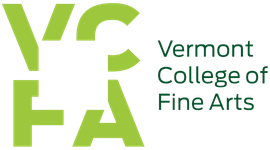
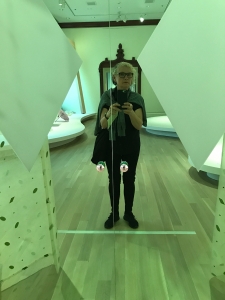
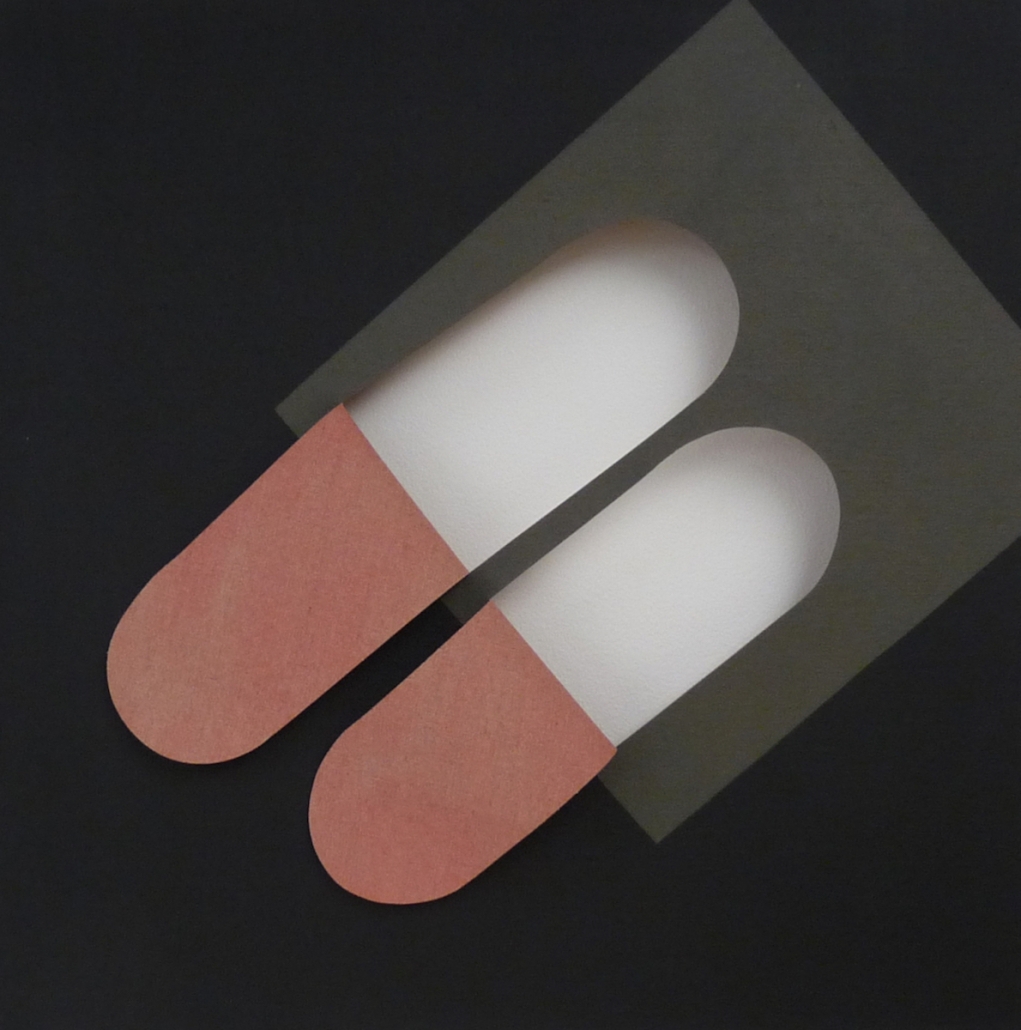

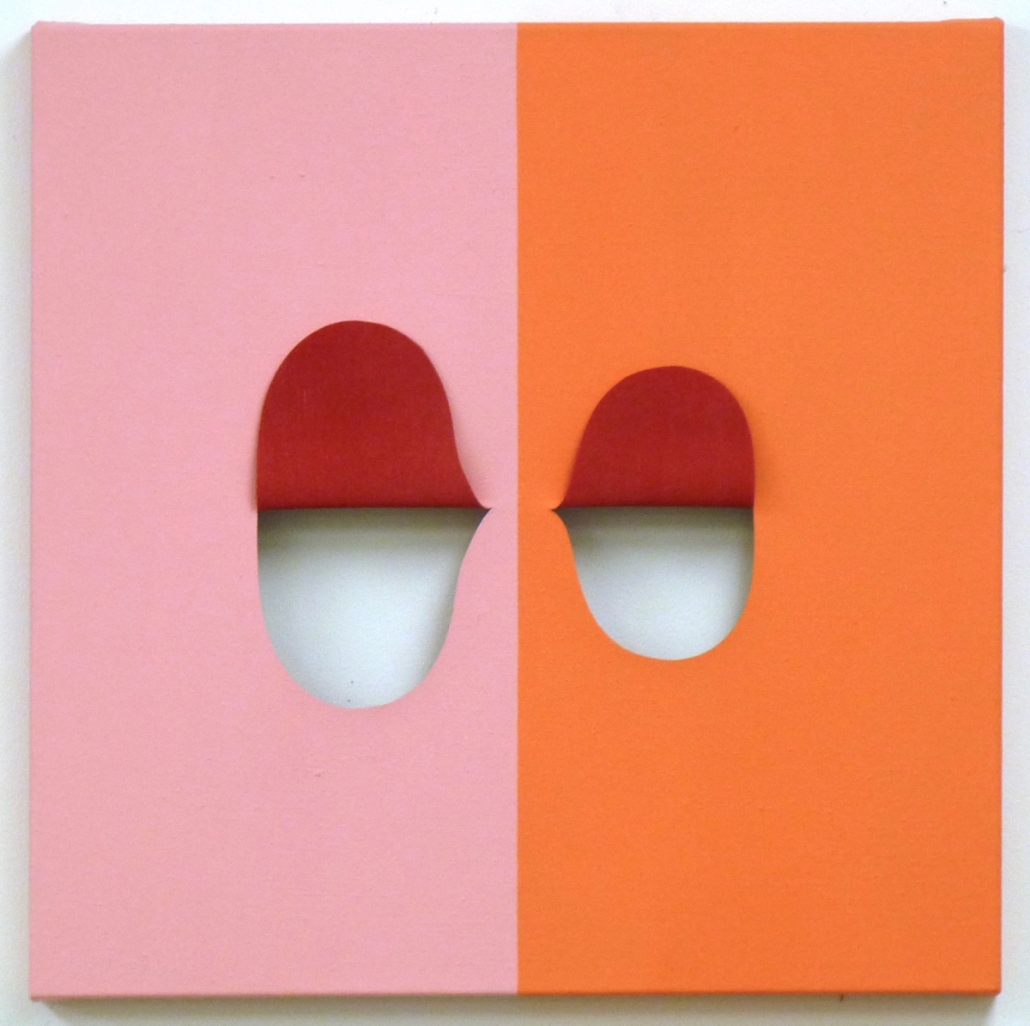

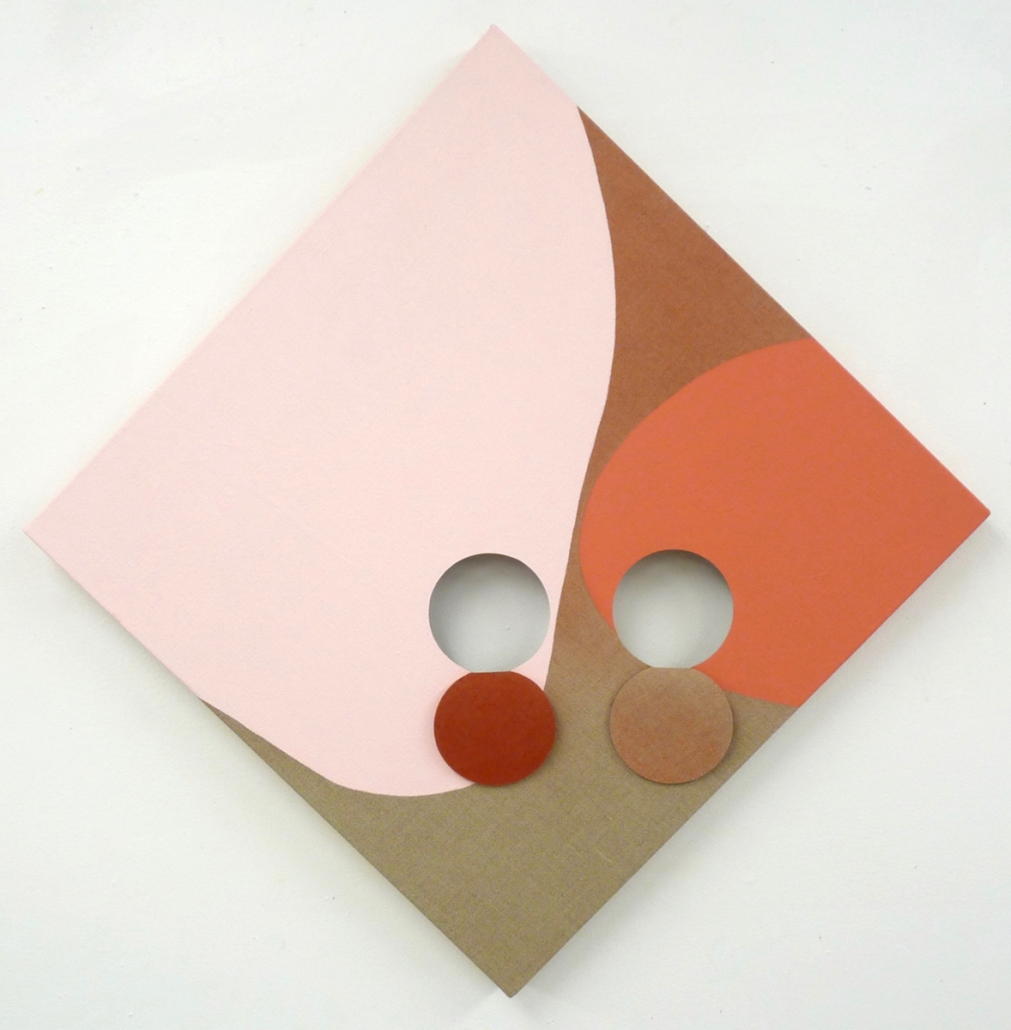
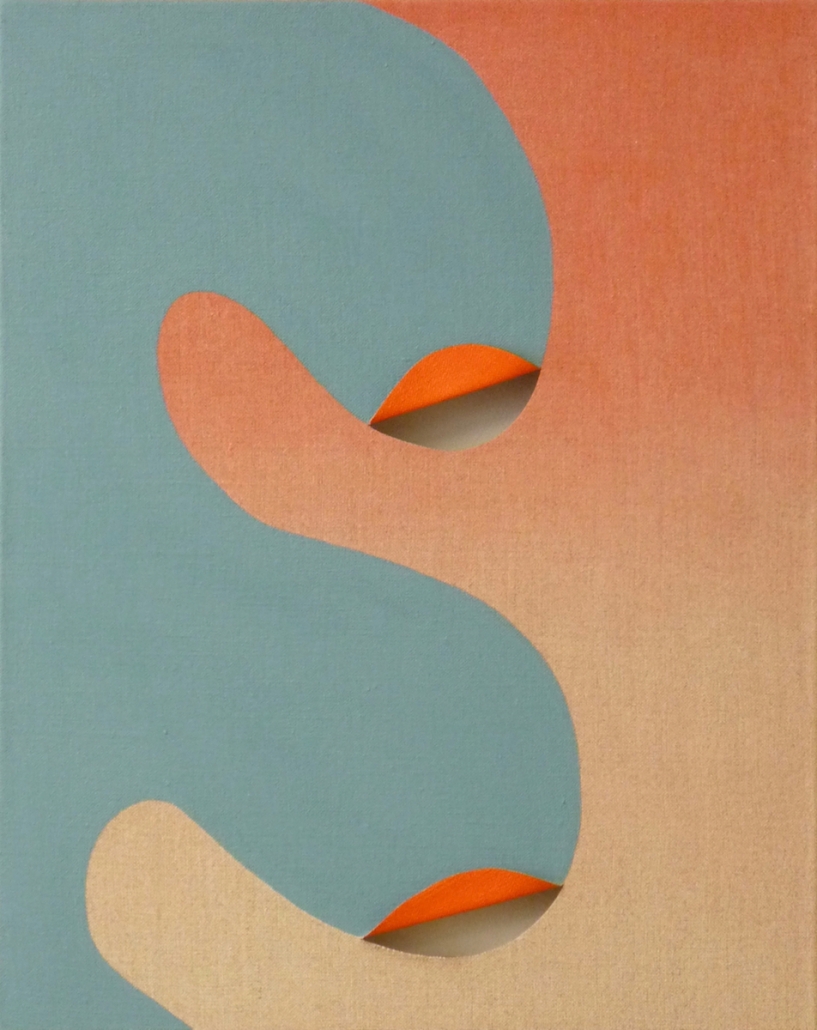
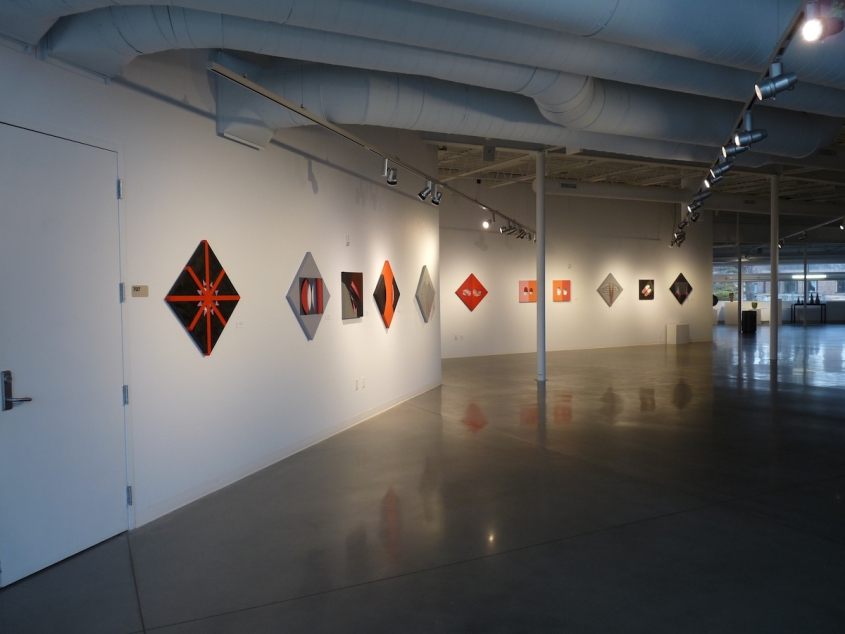

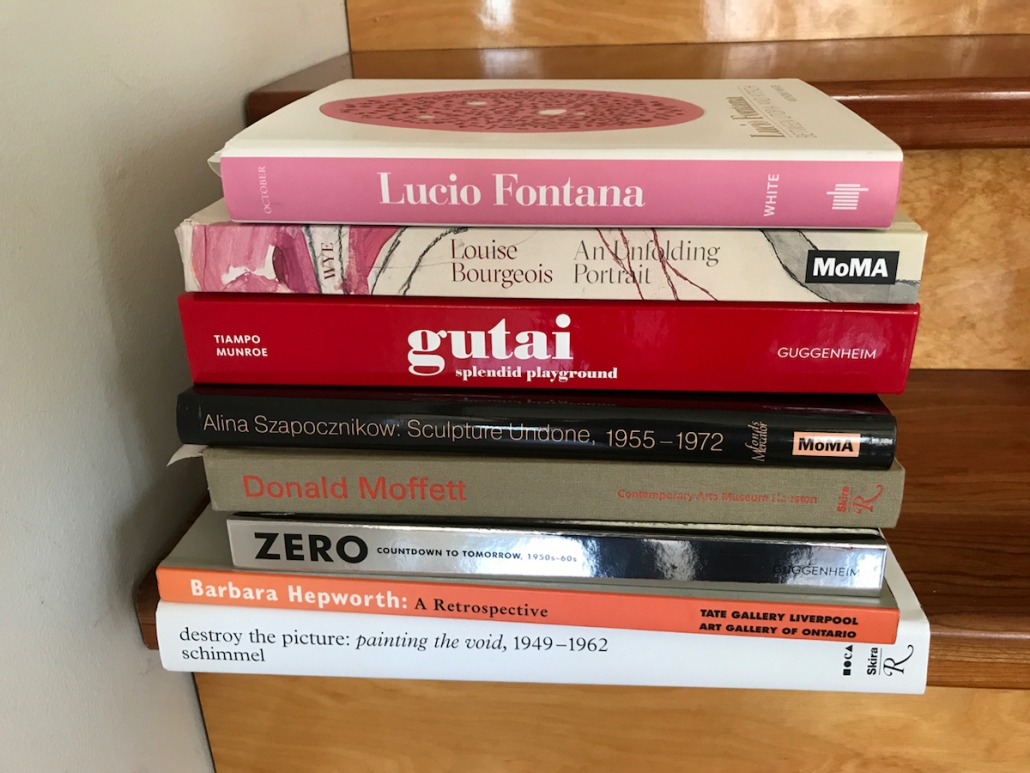
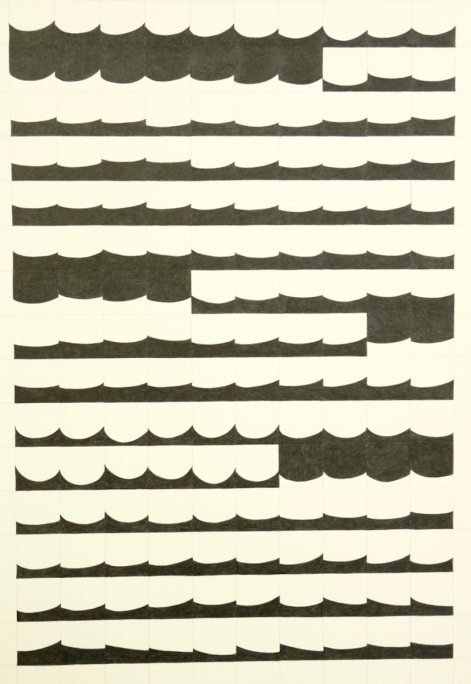
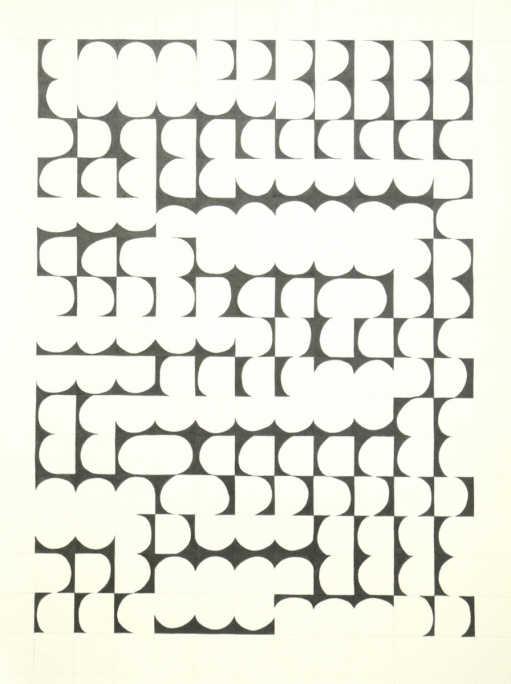
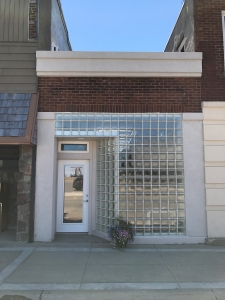
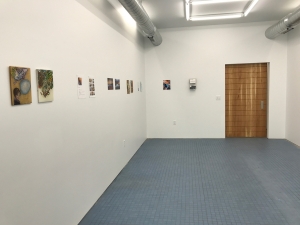
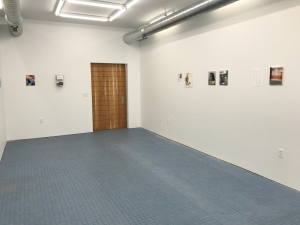
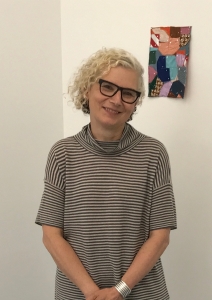

 Alumnx: Clea Felien (W 07)
Alumnx: Clea Felien (W 07)